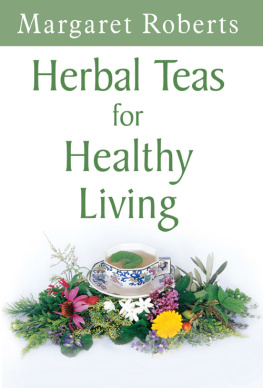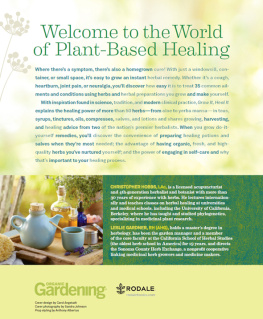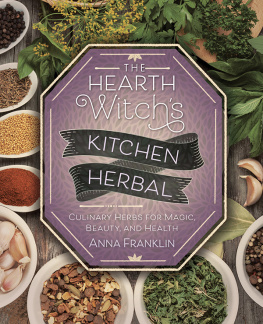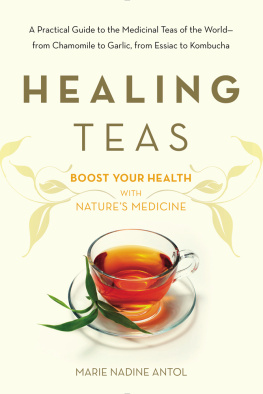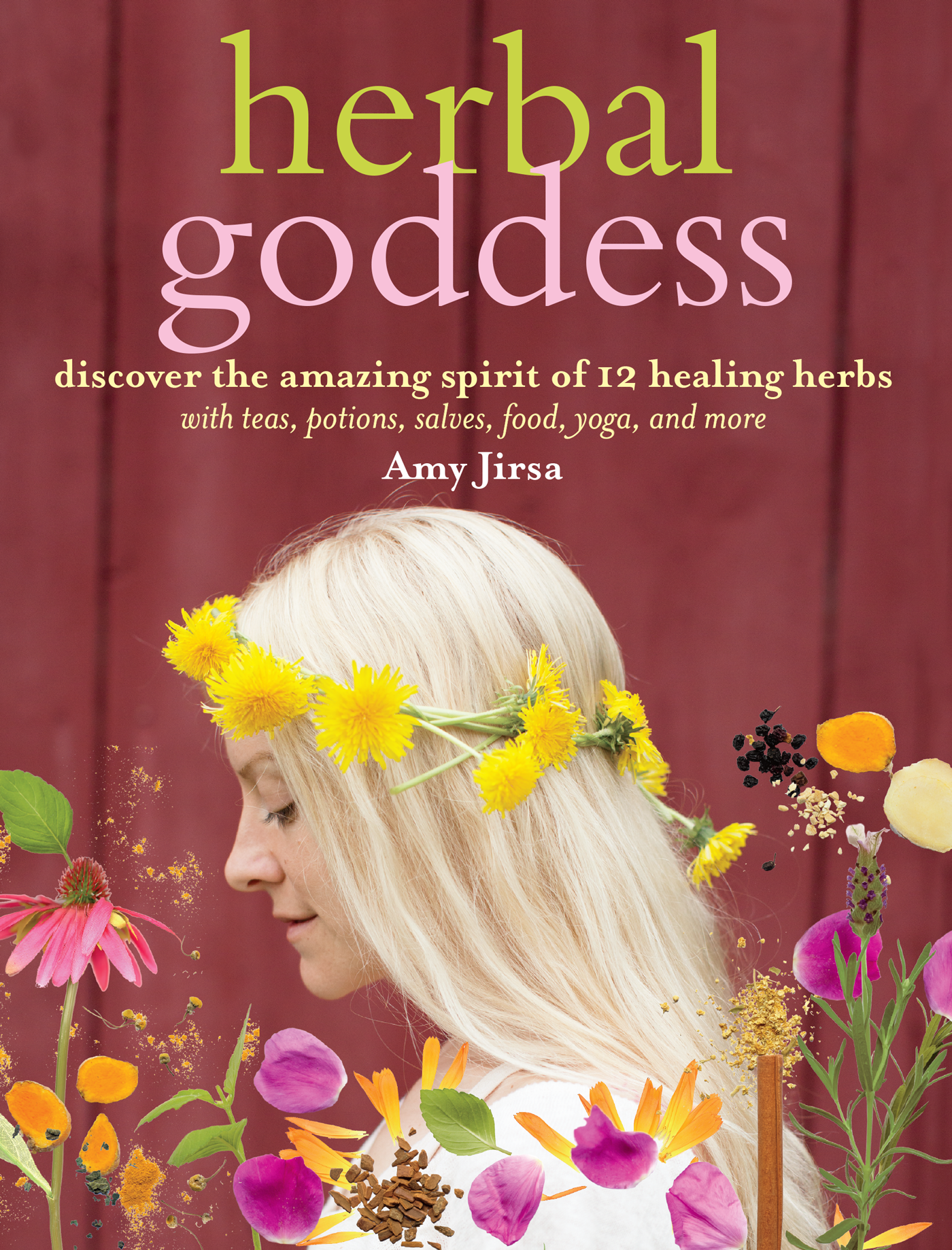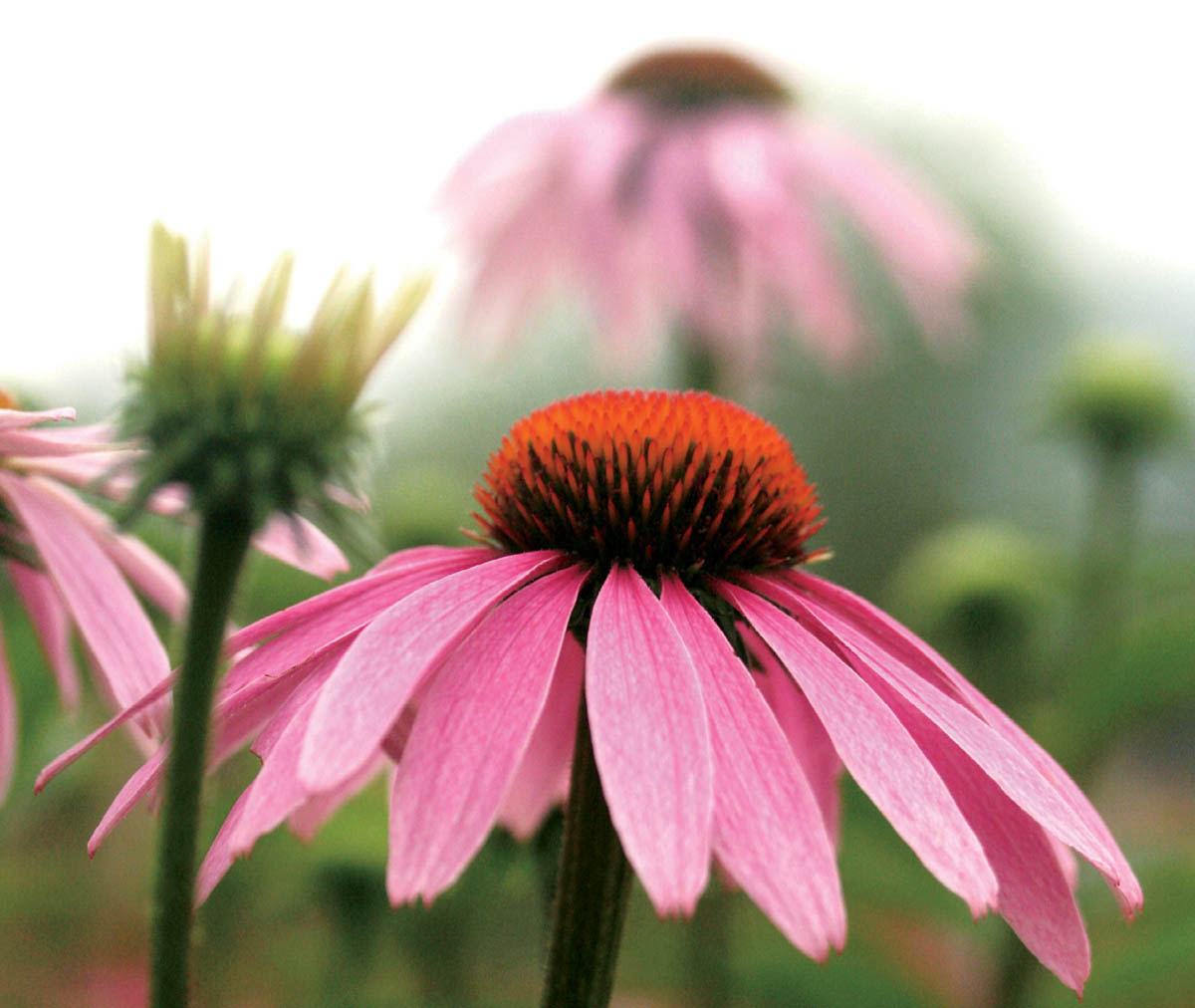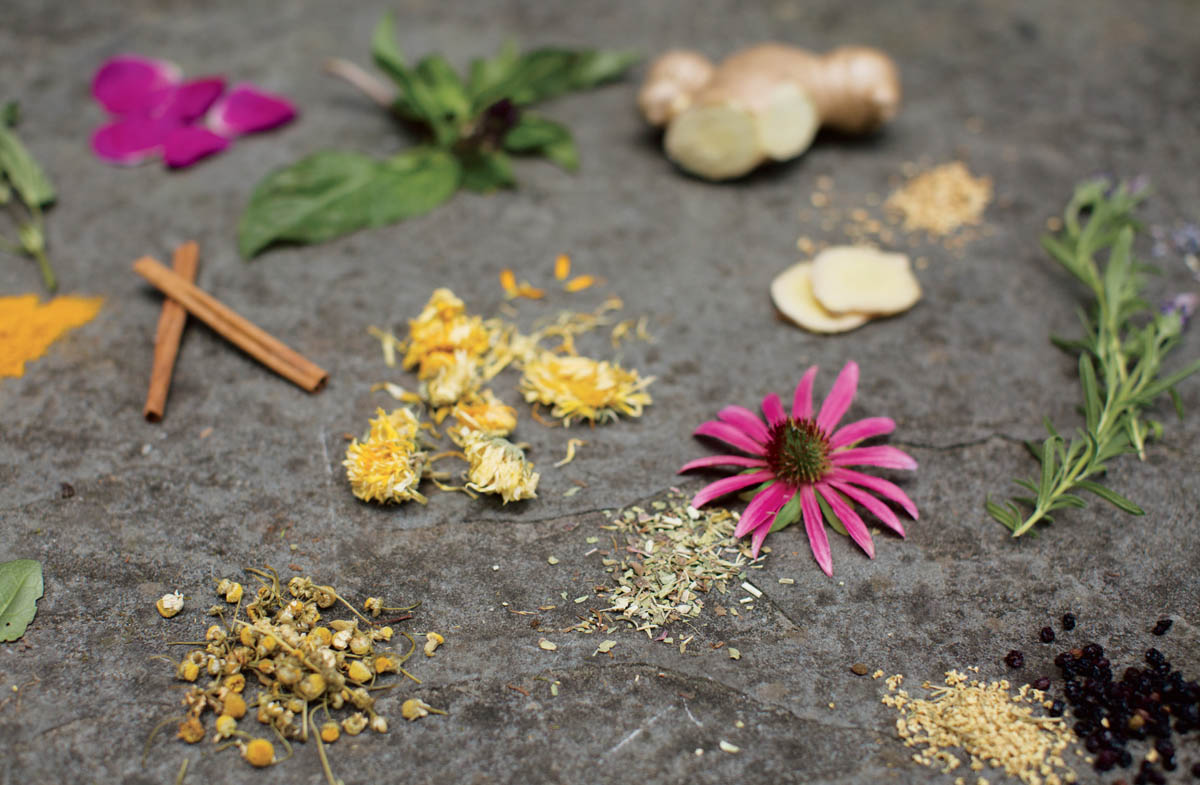Acknowledgments
Writers know how many people it truly takes to publish a book from its inception to the inspiration to put words on the page to the actual publication of the physical book; I could fill pages with the names of people who deserve my undying gratitude, but, for all of our sakes, Ill keep it short.
To Sean: endless gratitude for your unwavering support, help, unconditional love, and constant grounding. To Sarah Gaffney: thank you for always being my first and last reader, kindred spirit, fellow poet, and soul sister. To my family: thank you for sharing your love, your recipes, and your love for all things green and growing. To Mom, Em, and Curt: thank you, thank you, thank you. For everything.
To herbalists like Deb Soule who brought herbs back into the forefront of health and culture and who are still out there growing, writing, advocating, and making it happen: thank you.
To Wards Nursery in Great Barrington, Massachusetts: thank you for supplying the gorgeous plants for the photo shoot.
And, finally, huge thanks to Deb, Jennifer, Sarah, Carolyn, and the entire Storey Publishing family. I have found a home with you you guys rock!
Contents
Food & Drink Recipes
Body Care and Wellness Recipes
Introduction
Discover Herbs and Recover your Power
Herbal medicine, yoga, and natural health are buzzwords weve heard over and over again in recent years. There are many reasons for this, but I think the key reason, the superhero(ine) of reasons, is that these modalities allow us to take charge of our own mental, physical, and spiritual health.
Thats huge! Weve been giving away our power for so long now that we didnt even know wed lost it. Until now. I mean, look around you. Nature gives us everything we need food, water, sun, raw materials for clothing and for building shelter so why not the materials we need for our own health? When we tune in and tap into these natural resources, we become our own healers, safely, knowledgeably, and, most of all, intuitively.
Herbalism is our cultural heritage. No matter where our ancestors came from, chances are they used plants as medicine, probably without even thinking about it. This knowledge was instinctual, deep, and common. Sure, there were wisewomen (herbwives, they were called) who would know exactly what to do in dire situations, but most families had a stillroom (or home-grown apothecary) in or near the family hearth.
Yes, we might have lost some of that knowledge along the way, but the instincts are still there. Its still in our genes or collective subconscious. We reach for peppermint when we want to freshen our breath or cool down, for instance; chamomile when we want to relax; and tea when we want to wake up. Yup black, green, oolong, and rooibos teas are all herbs. In fact, you might be rather surprised to see so many non-traditional herbs in this little volume.
Technically, an herb is any plant that produces seeds, has a non-woody stem, and dies down after flowering. But to an herbalist, any plant that has medicinal, culinary, or aromatic mojo is considered an herb. Trust me every plant Ive included is an herb by that definition. Theres major mojo here.
I know that, taken as a whole, learning about herbs seems like a lot of work. The sheer amount of information out there on websites, in books, and in periodicals can be overwhelming. And when you think of every possible medicinal plant out there? Ye gads! It is a lot. Its too much for most professional herbalists, even. Thats why Ive limited this book to 12 herbs.
You may be wondering, How on earth can one herbalist decide on just 12 herbs? Well, that choice came down partially to intuition; Ive worked with many herbs over the years and these 12 continue to stand out to me as some of the most versatile and easiest to work with and source. These are my favorite go-to herbs, the ones that offer a range of solutions for healthy living from the outside to the inside, from the mind to the body to the spirit. These are the herbs my apothecary is never without. With these 12 herbs, I feel confident that I can take care of (almost) anything that might crop up in day-to-day living. Plus, theres a good variety here some are beautiful, aromatic, and surprising (like the rose); some are familiar and, perhaps, already in your pantry (like chamomile). So thats it: just 12. Easy. Fun. Intuitive.
Sure, there are scads more than 12 herbs out there (enough to dedicate your life to their exploration, lets put it that way). But Ill tell you a secret: Most herbalists are intimately familiar with a handful of herbs (say, 30 or so) and we spend a long time getting to know each herb that we work with. So heres my suggestion: Try focusing on one herb at a time, and spend an entire month getting to know each one. Its the best way to become really familiar with how each herb affects you.
Think of the close relationships in your life. Think of the time it takes to really get to know someone how much care and attention that kind of cultivation requires. You dont take that time with everyone you run into, but you know when its worth it. Its the same thing with herbs. They, too, will become more familiar with time and attention. This is your moment of introduction. And if youre already acquainted, this is your time to go deeper. This is late-night-chardonnay-drinking sisterhood time.
To that end, Ive supplied you with not only lots of specific recipes, but also some general formulas throughout the appendixes. These master recipes will allow you to blend, create, and invent your very own herbal preparations, from teas and tinctures to salves and cosmetics; from herbal oils and vinegars to flower essences. Here youll learn the ins and outs of herbal crafting as you become inspired to build your own personalized herbal apothecary. Youll take your health into your own hands, secure in the knowledge that you are intimately familiar with every ingredient going into every remedy.
And speaking of your health and your hands youll notice yoga poses scattered throughout this book, each herbs spirit inspiring a yogic posture of its own. I included these because, to me, yoga is as close to connecting to plant spirits as our bodies can get. This isnt a book about yoga, so Im assuming some basic familiarity with these poses; there are lots of reference guides out there if youd like to explore yoga more fully. Just flow with it; if it inspires you, fantastic!
And on that note, feel free to read this book in any order. Youll find, I think, that this guide becomes a starting place for your herbal exploration that learning about these herbs will springboard learning about other herbs, and your studies will continue organically, with you creating the course and the curriculum. Im giving you the basics so that you can become your own master teacher and Herbal Goddess down the road.
To my mind, youre an Herbal Goddess when you find that moment of inspiration, of inspired action that spurs you to experiment in your own way and to do your own exploring. To be an Herbal Goddess means to create your own craft of wellness, your own traditions, your own heritage while tapping into those of your sisters both here-and-now and long gone. Because that knowledge is never really lost, is it? We may have strayed from the path of natural healing in recent decades, but herbs have a mysterious aspect to them an ancient energy and wisdom. Just like any source of inspiration, this energy speaks to us.



